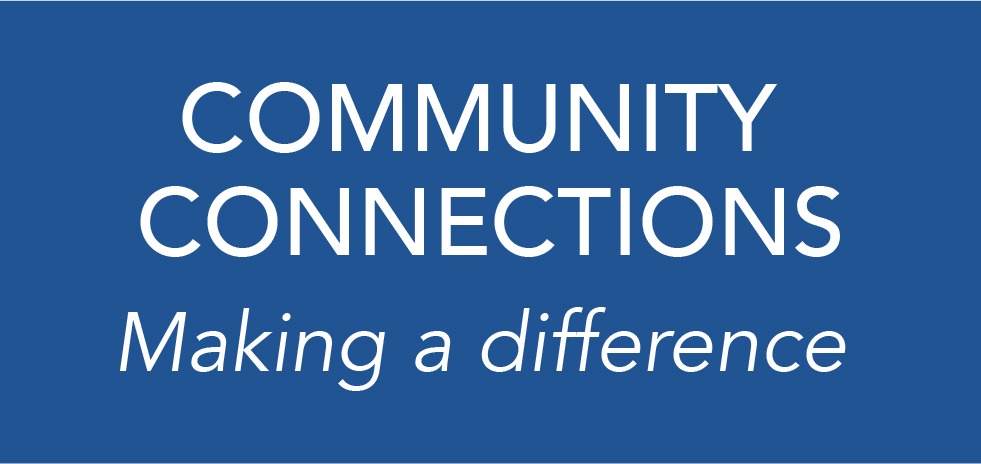
Society and the professional world continue to evolve and change with the growth of technology and the beginning of the Fourth Industrial Revolution. This, in turn, has had a tremendous impact on the educational sphere, leading to a number of growing trends in the world of education. For educators to properly engage their students, they must remain abreast of these latest changes and key factors that affect learning in the classroom. Their understanding of these trends can help them create more effective learning environments.
As teachers prepare themselves to implement these latest education developments, here are the five most important trends with which they should familiarize themselves.
1. Technological trends in teaching and learning
The explosion of technology over the past two decades has not left the education sector behind. Computers and the internet have changed how students can not only access information but even classes themselves. By the fall of 2017, there were over 6.5 million students enrolled in some distance learning opportunity at a degree-granting postsecondary institution. The growth of technological capabilities means that a variety of media and learning-support tools now exist to help students receive a high-quality education through the Internet.
This trend presents a number of benefits and drawbacks for teachers and institutions who want to continue to offer their students the rigorous education they need to thrive. Technology, for example, may not encourage students to learn soft skills. They might not have the built-in opportunities to engage with their fellow students, the way they might in traditional-style classrooms. For example, opportunities for leadership on group projects will not occur as organically as they once did.
The online platform may also force teachers to change how they teach. They might find it challenging to change how they approach lesson plans to ensure that the students remain engaged even while they cannot see the instructor in person. Fortunately, the advent of the online classroom and technology-infused instruction also offers a wealth of opportunities for instructors and their institutions. Many teachers notice immediately the greater flexibility they can offer in their learning schedule. Platforms may offer opportunities for students to watch lectures live or recorded versions later. Teachers can appreciate this benefit for students.
The online nature of these courses may also enhance the ability of teachers to offer accommodations for different styles of learning. Advanced students may receive additional learning resources and challenges to encourage them to go deeper into the material without interrupting the flow of the rest of the class.
Learning management systems can also make it easier for teachers to track how their students progress through the course. They can see how their students have engaged with the broadcast and recorded classes, therefore, they have a more efficient tracking system that allows them to provide more timely coaching as needed.
2. Soft skills training: a major trend in higher education
According to the Future of Jobs report, some of the most important skills in the workplace include critical thinking, problem-solving, people management, and creativity.
Employers want to see emerging professionals who understand how to make hard decisions and showcase their leadership abilities. In an effort to prepare students for their future careers, schools must have the training in place to help students nurture and grow in these skill areas.
However, as already discussed, the simultaneous trend towards online learning does make this a challenge for many teachers. These educators will need to find a way to balance the screen time involved in their class with the importance of encouraging students to work together face-to-face to nurture soft skill development.
The institutions that uncover quality formulas for encouraging the development of these skills, however, will find that this trend offers them a number of opportunities for growth. Specifically, these institutions will find themselves with a competitive advantage within higher education. Their students will be more employable, which will improve their alumni success rates, creating a virtuous circle as future students look for schools with strong alumni success rates.
3. Student trend: decreasing attention spans
As the prevalence of technology has grown, attention spans have also changed for students. A study conducted by Microsoft looked at the attention spans overall between 2000, which was the dawn of the mobile revolution, and 2015. They found that attention spans decreased by an incredible 4 seconds– from 12 seconds to 8. This drop has largely been blamed on the nature of technology and the constant stimulation it offers viewers.
The changes in attention span can also be used as an excellent way to differentiate between the different generations. Millennials, for example, who have largely grown up with this technology at their fingertips, have distinct characteristics from the Gen X and Boomers who came before them.
Most notably, Millennials report that when content is highly engaging, they have the potential to pay attention for longer periods than past generations. However, when that content does not engage them, they become among the first to tune out the speaker. To keep the attention of Millennials, the content presented to them must have excellent visuals and dialogue along with an interesting storyline that will hold their attention. This younger group cares more about the narrative and the visual nature of the content that interests them than other age groups.
This difference in attention can also be seen in the behavior of Millennials compared to other age groups. Among young adults, 77 percent report that they will reach for a phone when they have nothing else to occupy their attention. For those over the age of 65, however, only 10 percent report the same.
This change in attention trends also has a tremendous impact on how instructors adjust their classes and keep students engaged with the material. Teachers need to find ways to design classes that will catch the attention of their students, many of whom will fall into this Millennial generation, and adapt the course delivery method and pace. Their course design will need to remember the importance of a strong narrative and visuals.
However, do not forget that when students have materials in front of them that are highly visual and engaging, they have excellent potential to pay attention. These modern students want to be challenged, and they value interaction. Teachers who learn how to engage with these students, can present rewarding opportunities for classroom growth.
4. Facilitating learning versus teaching
As technology has grown, it has also changed how teachers relate to their students and their classrooms. With a wealth of information at their fingertips, students today have the tools they need to uncover a tremendous amount of facts and knowledge independently. In this environment, many students value less of a top-down delivery method. Instead, teachers now function more in a facilitative role. Their job has slowly evolved into a position where they help students understand how to learn, love learning, and how to uncover and understand the information they find.
This can present some challenges for teachers, who must work on their own soft skills of leadership and problem-solving. They must learn how to foster conversations and create an environment that values teamwork.
The best teachers will be those who can help students take ownership of their learning.
As teachers become more involved in the students’ learning processes, they will also find themselves in a position to receive immediate feedback on their teaching effectiveness. Their ability to nurture and facilitate these skills in their classroom will become obvious quickly as the class moves through the material.
Teachers who want to focus more on student development rather than simply knowledge delivery will find this new model to be intensely rewarding.
5. Life-long learning trend
Each industrial revolution has changed the nature of work and jobs in astounding ways. The current 4th Industrial Revolution may impact an incredible 50 percent of jobs as tremendous technological progress leads to changes in how people do their jobs. Professionals who want to remain competitive in their environment will need to constantly re-skill themselves. They cannot assume that an education they earned in the first half of their professional career will be all they need for the rest of their working lives.
Instead, earning a degree must be followed by ongoing learning. This requires institutions to create a self-development mindset in their students as well as their faculty and staff. Classrooms must leave opportunities for teaching self-learning skills so that students can continue to learn and engage in their chosen fields.
The schools that learn how to master these skills, however, have the chance to remain connected with their alumni throughout their careers. They can offer continual learning courses that will keep their former students engaged with the new development in their fields, and ensure that they keep coming back to the school for the support and education they need.





















